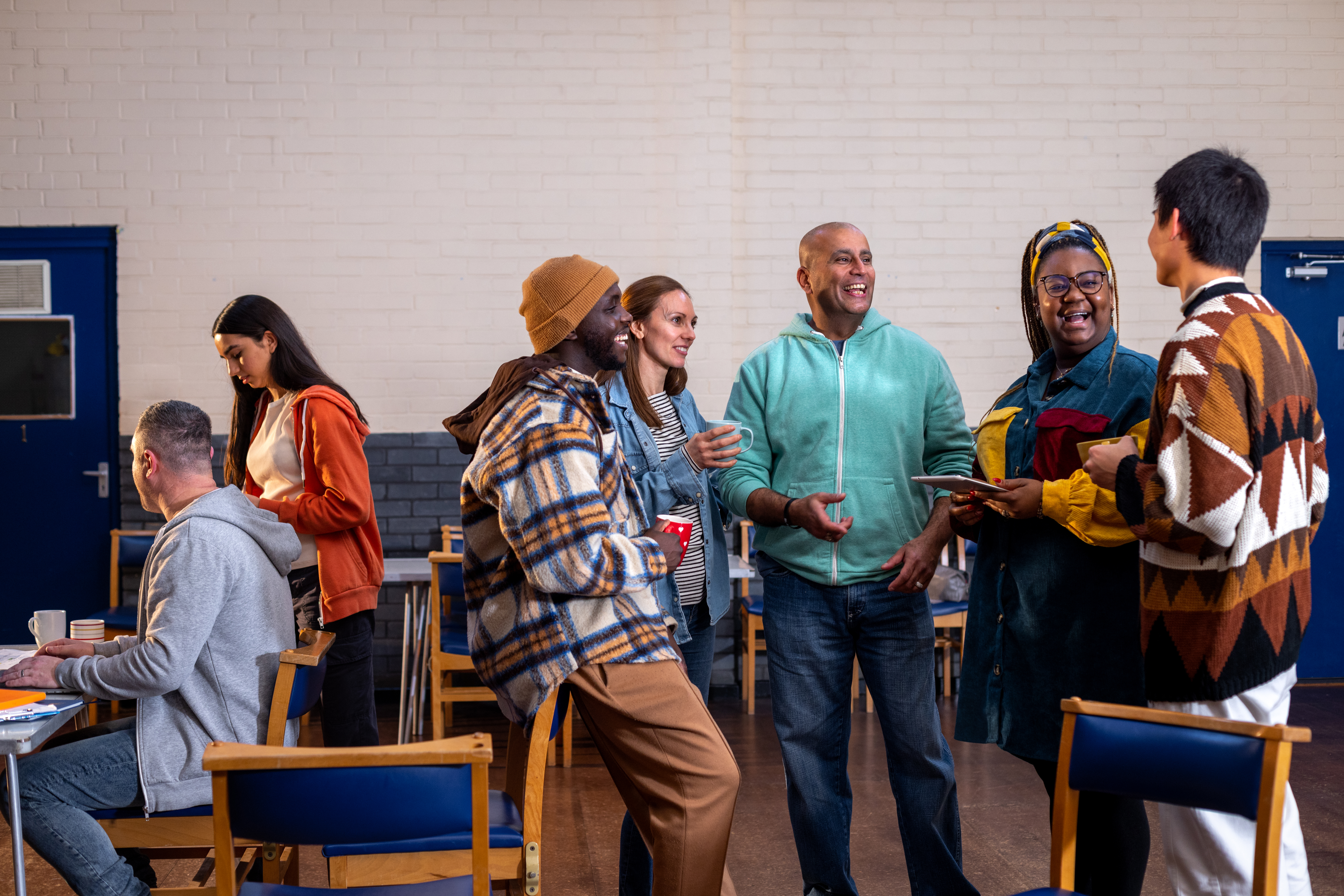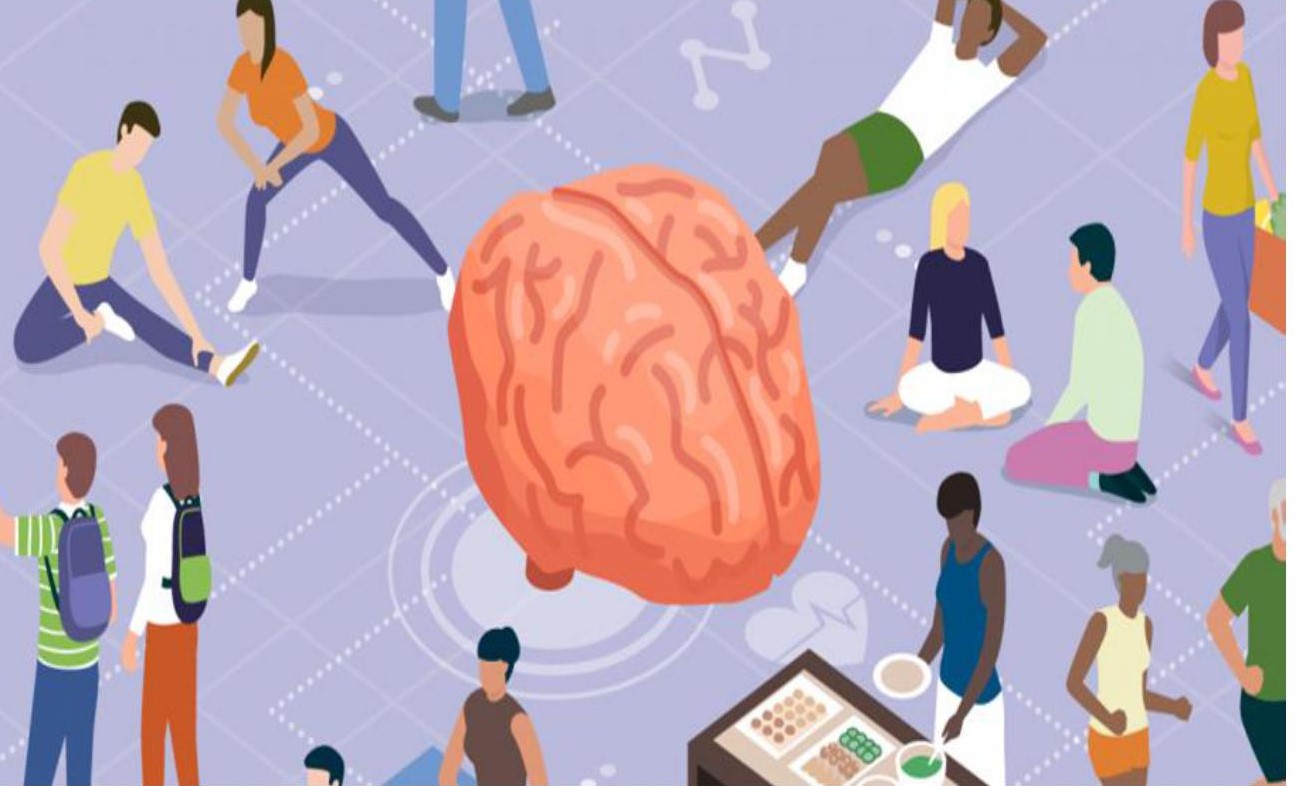Young people today are faced with an ever-complex world that they exist in, many of them carrying the effects of stress, anxiety, negative patterns of behavior, even trauma they may have experienced in their lives. Underserved communities may be faced with particularly acute instances of this, where socio-economic challenges place undue burdens on children and their families that impact their social and emotional well-being.
So it’s not surprising that such challenges often impact the school environments in which young people spend the majority of their day. Bullying, violence, absenteeism and poor academic performance are among the many ways that stress can play itself out in schools.
But two recent stories in the news highlight the power of mindfulness and meditation practices to transform these school environments.
A recent story in the news highlighted the use of meditation – or Quiet Time – in one of San Francisco’s roughest schools that is garnering the attention of parents and policymakers alike.
Visitacion Valley Middle School became the first public school in the country to adopt the practice of Quiet Time back in 2007. Since that time, the school has gone from one of the roughest school environments to one of the most transformed. Suspencions have fallen by 45 percent, daily attendance rates have climbed to 98 percent and grade point averages have dramatically improved.
“Remarkably, in the annual California Healthy Kids Survey, these middle school youngsters recorded the highest happiness levels in San Francisco.”
A handful of other schools in the district have adopted the practice and are showing “similarly positive” results.
In Richmond, Calif., in a town with a reputation for being one of the more violence-ridden communities, the practice of mindfulness has been adopted in an effort to address to the social and emotional needs of children while also tackling student achievement in the process.
In a school where many of the students know people who have been killed or have experience trauma secondhand from living in a violent neighborhood, educators at Nystrom Elementary School have watched as the practice of mindfulness has transformed the school’s culture. Detentions and suspensions have dropped dramatically
“Studies of mindfulness programs in schools have found that regular practice — even just a few minutes per day — improves student self-control and increases their classroom participation, respect for others, happiness, optimism, and self-acceptance levels. It can help reduce absenteeism and suspensions too.”
Kaiser Permanente Thriving Schools recognizes the great potential of mindfulness and meditation programs to promote a healthy school climate. A focus on mindfulness and social and emotional wellness also aligns with our broader violence prevention efforts, including community benefit grants we make to a number of organizations providing restorative justice programs and mental health services. Kaiser Permanente is actively working in the Richmond and Oakland school districts in Northern California to promote programs that are similar or work in parallel with programs mentioned in these articles.
Read “Meditation transforms roughest San Francisco schools” from the San Francisco Chronicle.
Read and hear the podcast from KQED: “Low-Income Schools See Big Benefits in Teaching Mindfulness.”


